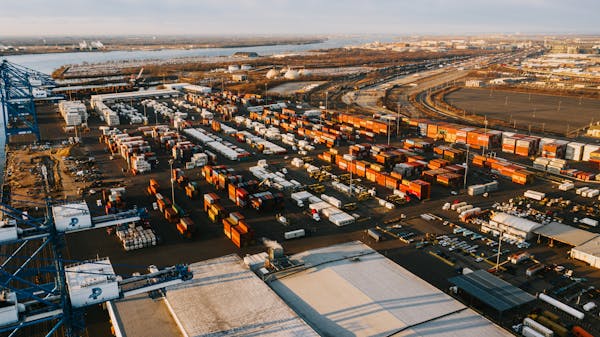Shipping Three-Wheelers from Guangzhou/Shenzhen to Hamina Port, Finland: FCL and LCL Options
When shipping three-wheelers from Guangzhou or Shenzhen, China, to Hamina Port, Finland, businesses and individuals have the option of choosing between Full Container Load (FCL) and Less than Container Load (LCL) shipping methods, depending on the volume and cost considerations.
Shipping via FCL (Full Container Load)
For larger shipments, Full Container Load (FCL) is the most efficient way to ship goods like three-wheelers. This method involves securing an entire 20-foot or 40-foot container to ship the goods directly to the destination port, which in this case is Hamina, Finland.
20FT/40FT Containers: Typically, a 20-foot container can hold about 3-4 three-wheelers, while a 40-foot container can accommodate up to 7-8. The choice of container size will depend on the number of three-wheelers being shipped.
CIF (Cost, Insurance, Freight): Under the CIF Incoterm, the seller takes responsibility for the costs of shipping, insurance, and freight up to the destination port (Hamina Port). This provides peace of mind for the buyer, knowing that the shipment is insured and the freight cost is included in the price.
Transit Time: The typical sea freight transit time from Guangzhou/Shenzhen to Hamina Port is around 41 days, depending on the shipping route and vessel schedules.
Shipping via LCL (Less than Container Load)
If you do not have enough cargo to fill a whole container, Less than Container Load (LCL) is a cost-effective shipping option. With LCL, your three-wheelers will share container space with other goods from different suppliers.
Cost-Effective: LCL is ideal for smaller shipments, as you only pay for the space your goods occupy in the container. However, the shipment may take longer to reach the destination port due to consolidation and deconsolidation processes at various ports.
Sea Freight Duration: Like FCL shipments, LCL shipments from Guangzhou/Shenzhen to Hamina Port typically take around 41 days, but they can vary depending on port handling and scheduling.

Packaging and Protection for Three-Wheelers
Proper packaging is crucial to ensure that the three-wheelers arrive at their destination in good condition. The following packaging practices are typically used:
Disassembly: To maximize space and reduce the risk of damage, the three-wheelers are often disassembled, with parts like handlebars, mirrors, and wheels being removed and packed separately.
Crating: For better protection during transit, the disassembled parts may be packed into wooden crates. These crates provide cushioning and support to prevent shifting and damage during loading, unloading, and handling.
Securing the Vehicle: The main body of the three-wheeler is secured with straps to prevent movement inside the container. For FCL shipments, the vehicle is placed on the floor of the container and anchored to the container walls or floor using durable tie-downs.
Wrapping: In addition to crating, the three-wheelers and parts are wrapped with protective materials such as bubble wrap or foam sheets to guard against scratches and other potential damages.
Labeling: Clear and visible labeling is essential for ensuring that the items are handled properly and reach the correct destination. Labels should indicate that the contents are fragile and should be handled with care.



